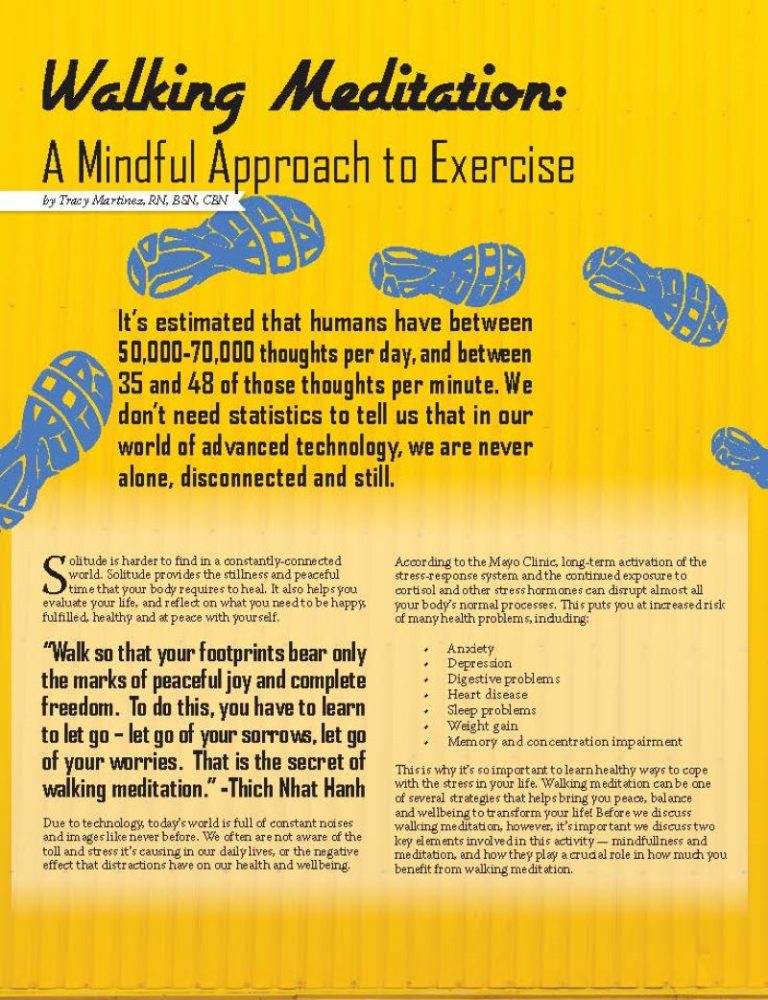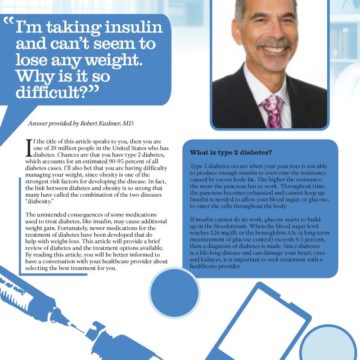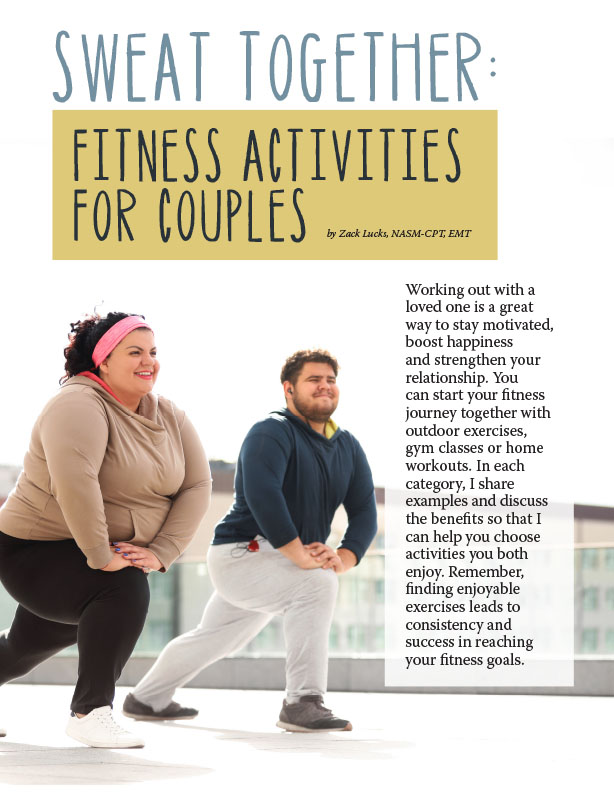Walking Meditation: A Mindful Approach to Exercise


by Tracy Martinez, RN, BSN, CBN
Spring 2016
It’s estimated that humans have between 50,000-70,000 thoughts per day, and between 35 and 48 of those thoughts per minute. We don’t need statistics to tell us that in our world of advanced technology, we are never alone, disconnected and still.
Solitude is harder to find in a constantly-connected world. Solitude provides the stillness and peaceful time that your body requires to heal. It also helps you evaluate your life, and reflect on what you need to be happy, fulfilled, healthy and at peace with yourself.
“Walk so that your footprints bear only the marks of peaceful joy and complete freedom. To do this, you have to learn to let go – let go of your sorrows, let go of your worries. That is the secret of walking meditation.” -Thich Nhat Hanh
Due to technology, today’s world is full of constant noises and images like never before. We often are not aware of the toll and stress it’s causing in our daily lives, or the negative effect that distractions have on our health and wellbeing.
According to the Mayo Clinic, long-term activation of the stress-response system and the continued exposure to cortisol and other stress hormones can disrupt almost all your body’s normal processes. This puts you at increased risk of many health problems, including:
- Anxiety
- Depression
- Digestive problems
- Heart disease
- Sleep problems
- Weight gain
- Memory and concentration impairment
This is why it’s so important to learn healthy ways to cope with the stress in your life. Walking meditation can be one of several strategies that helps bring you peace, balance and wellbeing to transform your life! Before we discuss walking meditation, however, it’s important we discuss two key elements involved in this activity — mindfulness and meditation, and how they play a crucial role in how much you benefit from walking meditation.
Mindfulness
Mindfulness is a mental state achieved by focusing your awareness on the present moment, while calmly acknowledging and accepting your feelings, thoughts and bodily sensations without judgement. It is the conscious effort to focus on the here-and-now, and silence all the chatter that we have going on in our heads 24 hours a day, seven days a week. This inner dialogue can affect our quest for peace and happiness because all too often, our inner chatter is full of judgement, worries and negativity, which leads to daily stress. Negativity attracts negativity, and this is commonly known as “The Law of Attraction.”
Many leaders on the subject of mindfulness, including Jon Kabat-Zinn, a leading authority on mindfulness, teach the numerous benefits for practicing mindfulness in our everyday life including:
- It’s good for our bodies. A seminal study found that, after just eight weeks of training, practicing mindfulness meditation boosts our immune system’s ability to fight off illness.
- It’s good for our minds. Several studies have found that mindfulness increases positive emotions while reducing negative emotions and stress. At least one study even suggests it may be as good as antidepressants in fighting depression and preventing relapse.
- It changes our brains. Research has found that mindfulness increases density of gray matter in the brain regions, linked to learning, memory, emotion regulation and empathy.
- It helps us focus. Studies suggest that mindfulness helps us tune-out distractions and improve our memory and attention skills.
- It fosters compassion and altruism. Research suggests mindfulness training makes us more likely to help someone in need, and increases the activity in our brain involved in understanding the suffering of others and regulating emotions. Evidence suggests it might even boost self-compassion as well.
- It helps healthcare professionals cope with stress, connect with their patients and improve their general quality of life. Mindfulness also helps mental health professionals by reducing negative emotions and anxiety, and increasing their positive emotions and feelings of self-compassion.
- It helps us eat better. Practicing mindful eating encourages healthier eating habits, helps people lose weight and helps them savor the food they do eat.
- It helps individuals in prison. Evidence suggests mindfulness reduces anger, hostility and mood problems among prisoners by increasing their awareness of their thoughts and emotions, helping with their rehabilitation and reintegration.
- It helps veterans. Studies suggest it can reduce the symptoms of Post-Traumatic Stress Disorder (PTSD) in the aftermath of war.
Meditation
Meditation is the practice of concentrated focus in order to increase awareness of the present moment. It helps reduce stress, promote relaxation and enhance personal and spiritual growth. People who meditate regularly have been shown to feel less anxiety and depression. They also report that they experience more enjoyment and appreciation of life and that their relationships with others are improved.
Meditation produces a state of deep relaxation and a sense of balance and calmness. The great meditation teacher of our time, Deepak Chopra, defines meditation as a process of calming the mind and an affirmation of the individual relationship to the universe. Meditation has both mental and physical benefits including:
- Reduced stress and anxiety
- Lowered blood pressure and cholesterol levels
- A boosted immune system
- Increased production of the anti-aging hormone DHEA
- Improved duration and quality of sleep
- Helps you become more in tune with your body
The variety of meditation techniques and traditions is nearly countless, but the core of meditation is singular — the cultivation of mindful awareness and expanded consciousness. New research is also showing that meditation helps restore the brain. A landmark study conducted at Massachusetts General Hospital found that as little as eight weeks of meditation not only helped people feel more calm, but also produced changes in various areas of the brain including growth in areas associated with memory, empathy, sense of self and stress reduction.
Walking Meditation
Walking meditation is “meditation and mindfulness in action.” This combination can have both emotional and physical benefits. When you do walking meditation, you are using the mental, physical and emotional experiences of walking as you develop greater awareness in your life.
Walking meditation is a great initiation for beginners to start a meditation practice. Some people enjoy practicing outdoors like at a park or on a sidewalk along the beach. The indoors is fine though, especially if the weather is extreme or if you prefer privacy! Either way, select a place that you don’t have to worry about cars, bikes or other physical distractions.
To do walking meditation, find a pathway about 30 to 40 feet long, and simply walk back and forth. When you come to the end of your path, come to a full stop, turn around, pause again for a moment and then start walking again. Keep your eyes cast down without looking at anything in particular.
In walking meditation, you use the experience of walking as your focus. You will become mindful of your experience while walking. Try to keep your awareness involved with the experience of just the act of walking.
One of the biggest differences between sitting and walking meditation is that it is often easier to be more focused and more easily aware of your body while doing walking meditation, compared to sitting forms of meditation practice. When your body is in motion, it is generally easier for most people to be aware of it compared to when you are sitting still.
Tips to Begin Walking Meditation
Here are some steps to help you begin your meditation walking practice:
1. Stand up straight with your back upright but not stiff. Relax your shoulders. Feel how your feet feel as they are touching the ground and let your weight distribute evenly (it can take a few minutes to be aware of this). Be mindful of your breathing, without trying to control it. Allow the breath to come from the diaphragm (belly) and always make sure your breathing feels natural. Allow the breath to become rhythmic and fluid.
2. Fold your hands and let them fall in front of you. This creates some balance for you and keeps your swinging arms from being a distraction.
3. Drop your gaze slightly. This helps you maintain focus. Some people find closing your eyelids half way helps them focus. Slightly smile and let all worry, internal chatter and any sadness fall away from you as you walk.
4. Step out with your left foot. Feel it swing, feel the heel hit the ground, and the ball of your foot, and then the toes.
5. Feel the same as the right foot comes forward. You might want to use the traditional labeling of each step by internally saying “lifting, moving, placing” with each part of every step. This can help your mind focus and turn down the internal chatter.
6. Be mindful of your walking, make each step a gesture, so that you move in a state of grace. With your attention to your legs and feet, feel the sensations of each step. Feel the legs and feet tense as you lift the leg. Feel the movement of the leg as it swings through the air. Feel the contact of the foot with the ground.
7. There is no “right” or “wrong” experience. Just experience how it feels to you. Whenever you notice that the mind has wandered, bring it back to the sensations of your feet walking. Getting a sense of the rhythm of the steps may help maintain a continuity of awareness. Walk with slow, small, deliberate, balanced and graceful footsteps. Be aware of how your body feels as you are walking.
8. Walk at a steady pace, slightly slower than in daily life. When your attention wanders, bring it back to the sensations of your feet touching the ground. Let your body “take you for a walk.”
Start out in 10-minute sessions and build up to 60 minutes. An added physical benefit is that, when done for extended periods of time, walking meditation can build strength and stamina.
After a while, when both the breath and the walking have slipped into a regular pattern of their own harmony, become aware of the number of footsteps per breath. Make no effort to change the breath, but lengthen or shorten the rhythm of your step just enough so that you have two, three or four steps per inhalation and two, three or four steps per exhalation. Once you have learned your natural rhythm, lock into it. After several months of practice, you will see improvements in your lung capacity.
Conclusion
Practicing walking meditation regularly can make significant changes in your life. The key however is to make walking meditation a regular practice. The positive benefits can be subtle yet measurable, however the true benefits are experienced once you make meditation a part of your life on a regular basis!
Suggested Reading
For more information about Walking Meditation read Peace Is Every Step: The Path of Mindfulness in Everyday Life, by Thich Nhat Hanh, Foreword by H.H. the Dalai Lama, published by Bantam Books.
For more information on Mindfulness, read Wherever you go, there you are, by Jon Kabat-Zinn.
About the Author:
Tracy Martinez, RN, BSN, CBN, is a certified bariatric nurse and program director at Wittgrove Bariatric Center in La Jolla, Calif. She is the past-president of the integrated health section of the American Society for Metabolic and Bariatric Surgery. Ms. Martinez is also a member of the OAC National Board of Directors, an avid animal lover and advocate.
by Yelena Kibasova Spring 2024 The fitness world is evolving, with new trends and innovations that promise…
Read Articleby Robyn Pashby, PhD Winter 2024 “No one is ever going to date you if you don’t…
Read Articleby Zack Lucks, NASM-CPT, EMT Winter 2024 Working out with a loved one is a great way…
Read Article









